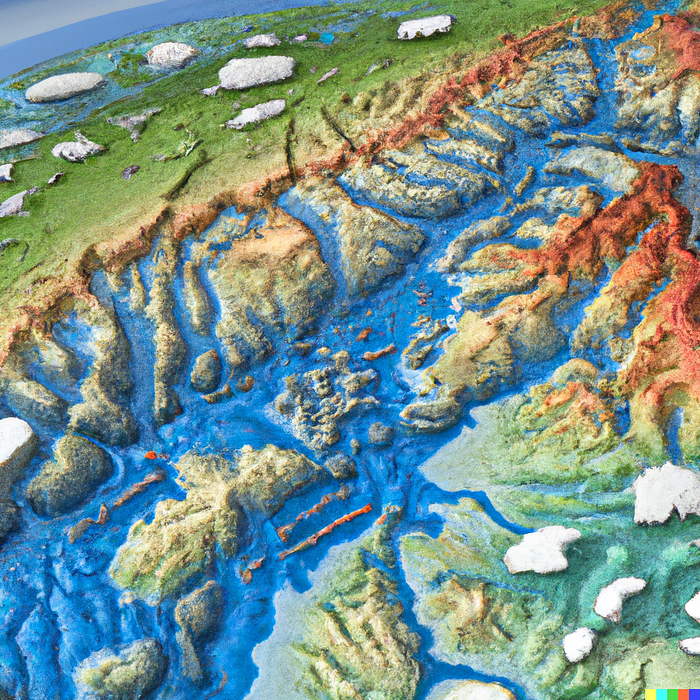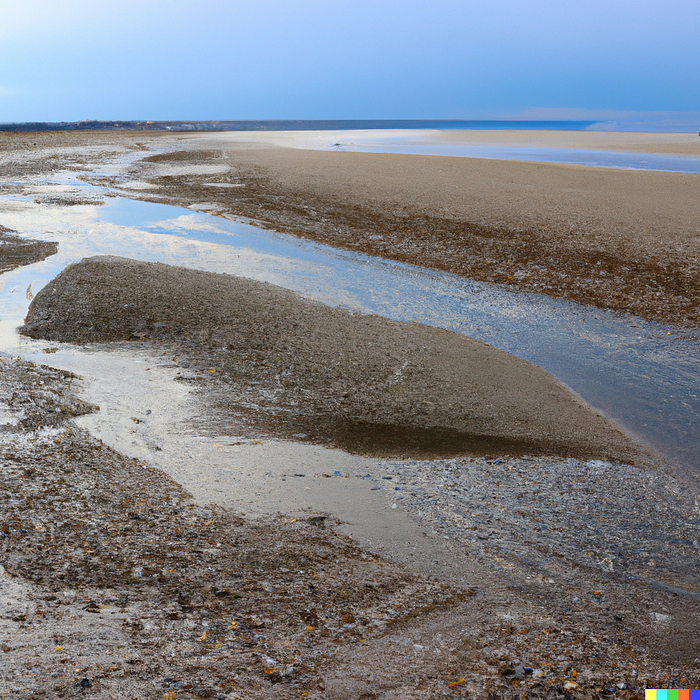Sand, the seemingly mundane substance we often associate with beaches and deserts, has a rich history that’s as dynamic as the forces that shape it. Over the last millennium, the size of sand grains has seen subtle yet significant changes, influenced by both natural and anthropogenic factors. This article delves into the intricate journey of sand grain sizes through the ages.

The Early Middle Ages: Nature’s Play
Around the 10th century, the world’s climate was undergoing the Medieval Warm Period. This climatic phase saw warmer temperatures, which had a direct impact on glacial melt and sediment flow into rivers and oceans. The increased sediment supply led to slightly coarser sand grains, as the rapid flow allowed larger particles to be transported.

The Late Middle Ages: Human Intervention Begins
As human civilizations expanded and urbanized areas grew, deforestation and land-use changes began to influence sediment supply. The removal of vegetation cover, combined with agricultural practices, increased soil erosion. This period saw a mix of finer and coarser grains, reflecting the balance between natural climatic influences and human-induced changes.
The Industrial Revolution: A Shift in Dynamics
The 18th and 19th centuries marked a significant turning point. The Industrial Revolution brought about extensive mining activities, altering the landscape and sediment dynamics. The extraction of minerals and the construction of railways and roads led to increased soil erosion. Sand grains during this era trended towards the finer side, reflecting the dominance of human activities over natural processes in influencing sediment characteristics.

The 20th Century: The Age of Dams
The construction of dams in the 20th century had a profound impact on sand grain sizes. Dams trapped sediments, reducing the sediment flow downstream. As a result, many river deltas and coastal areas saw a shift towards finer-grained sands. The reduced sediment supply also impacted coastal ecosystems, leading to beach erosion in many parts of the world.
The 21st Century: Climate Change and Its Implications
Today, the effects of climate change are becoming increasingly evident. Rising sea levels, intensified storms, and changing precipitation patterns are reshaping our coastlines. These factors, combined with continued human interventions, are influencing sand grain sizes in complex ways. Current observations suggest a trend towards coarser grains in some areas due to intensified wave actions, while other regions are seeing finer grains due to sea-level rise and reduced sediment supply.

Conclusion
The history of sand grain sizes offers a fascinating lens through which we can understand the interplay between natural processes and human activities. As we move forward, it’s crucial to recognize the importance of these tiny grains in our ecosystems and the broader geological narrative. Their subtle shifts tell a story of a world in flux, constantly molded by the forces of nature and human ambition.

